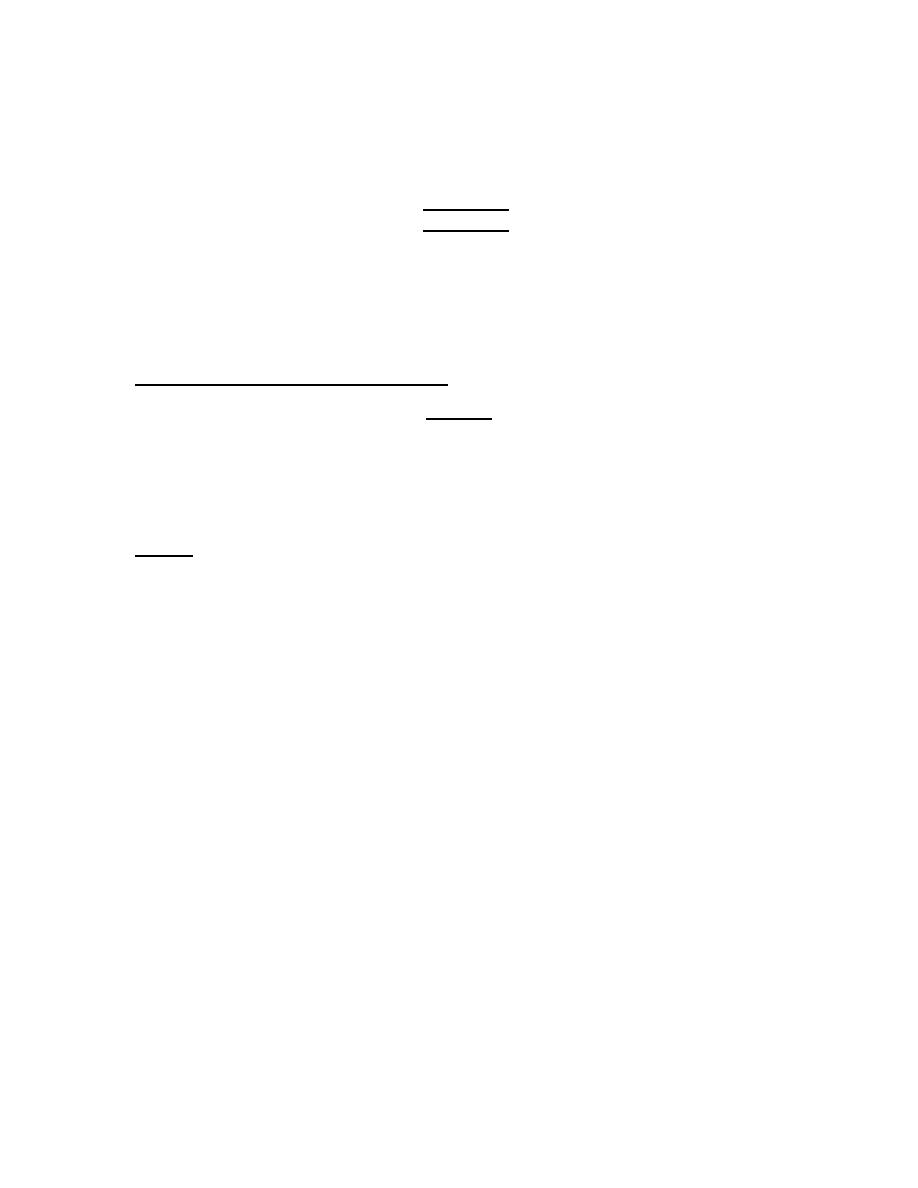
| Tweet |

Custom Search
|
|

|
||
 TM 9-2330-326-14&P
c.
Cleaning Instructions (Cont.).
Clean inner and outer surfaces with cleaning solvent.
Remove grease and accumulated deposits with a stiff bristle brush.
WARNING
Compressed air used for cleaning or drying purposes, or for
clearing re strictions, should never exceed 30 psi (207 kPa). Wear
protective clothing (goggles/shield, gloves, etc.) and use caution to
avoid injury to personnel.
Clear all threaded holes with compressed air to remove dirt and cleaning fluids.
Oil Seals, Electrical Cables, and Flexible Hoses .
CAUTION
Do not wash oil seals, electrical harnesses, and flexible hoses with
dry-cleaning solvent or mineral spirits. Serious damage or
destruction of material would result.
Wash electrical cables and flexible hoses with a solution of soap and water and wipe dry.
Clean bearings in accordance with TM 9-214.
d. Inspection Instruction.
NOTE
All damaged areas should be marked for repair or replacement.
All components and parts must be carefully checked to determine if they are serviceable for use, can be
repaired, or must be scrapped.
1.
Inspect drilled and tapped (threaded) holes for the following:
a.
Wear, distortion, cracks, and any other damage in or around holes for wear, distortion,
cracks, and any other damage.
b.
Threaded areas for wear, distortion (stretching), and evidence of cross-threading.
2.
Inspect metal lines, flexible lines (hoses), and metal fittings for the following:
a.
Metal lines for sharp kinks, cracks, bad bends, and dents.
b.
Flexible lines for fraying, evidence of leakage, and loose metal fittings or connectors.
c.
Metal fittings and connectors for thread damage and worn or rounded hex heads.
6-3
|
||
 |
||